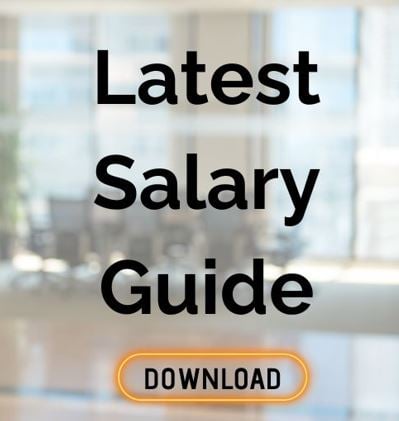Recruitment performed effectively to both reduce the risk of a 'bad hire' and allow for planned growth needs a thorough and well documented process.
Our experience over the last 3 decades reveals that in virtually all cases, the organisations who plan and document their recruitment process very carefully are the businesses who find the 'perfect' candidates they are looking for While the businesses who at a whim decide to recruit can struggle to find what they are looking for more so readily.
Coincidence? We think not and with the cost of a bad hire potentially having a significant implication to your business it would seem prudent to schedule this meeting into your HR processes.
These are the stages in this planning process we believe need to be thought through to ensure all employees involved in the process are "singing from the same hymn sheet":-
1. Determine the need for a new hire

If the relevant departmental heads and management agree that its in line with the corporate plan and budget constraints, the next stage is to schedule the recruiting planning meeting with the appropriate attendees. To recruit, the next step is to develop a detailed job specification from a job analysis and a job description.
Other attendees at this meeting could include successful co-workers performing the same role; an indirect, but interested, manager, possibly a manager who is the customer of the position you are filling; and other internal customers of the position.
2. Rank the characteristics you need
Use the existing job specification, for any existing roles and consider the need for this be revised during this meeting, and your experience with other employees who have worked successfully in a similar position.
Rank the most important qualities, experiences, education, and characteristics that your successful candidate will possess and use behavioural testing ideally, such as McQuaig to profile the perfect candidate and where you believe the successful candidate will be within say 12-18 months. Use comparable people within the business is possible.
This profiling will allow your HR team to use these characteristics to write any job postings.
3. Consider where to advertise/promote the role

Now you need to consider where to advertise the position to develop the most exhaustive candidate pool. This could include internal referrals, local press ads , job boards, social media and the services of a retained Recruitment Consultancy.
4. Determine the Interview Panel

Determine who will interview the candidates and the key skills and qualities of the candidates they will need to evaluate. Are certain interviewers appropriate to uncover certain skills and characteristics?
5. Determine format for screening CV's
Firstly, decide upon the criteria for screening CV's and who is involved and cut off periods and timeframes.
6. Determine Candidate Interview Process & Questions

Assign interview topics and questions to the employees who will conduct the interviews. These questions should be ideally structured behaviourally-based. You can also write scenarios, or brief role plays, and ask the candidates to tell you how they would solve a particular problem, resolve a common work situation, or improve a work process whatever course of action is decided upon.
The interviewers should all assess a different area of the potential employee’s qualifications such as cultural fit, technical capabilities, experience, ability to communicate, interpersonal effectiveness, and score these with the use of interview scorecards.
Decide if specific testing will assist you to select the best candidate for the job. As an example, you may want to give a writing test to a customer service candidate who will communicate with customers primarily via email.
7. Determine a Post Interview Process
Can We Help?
Can we help? We have placed and filled over 100,000 temp and permanent assignments over the last 30 years so have a range of techniques, ideas and platforms which could help you. Why not call us on 0113 367 2880 to have a conversation with one of our team. Alternatively drop us an email here or check out our Testimonials and Case Studies.






.jpg)
-1.jpg)










.png)






